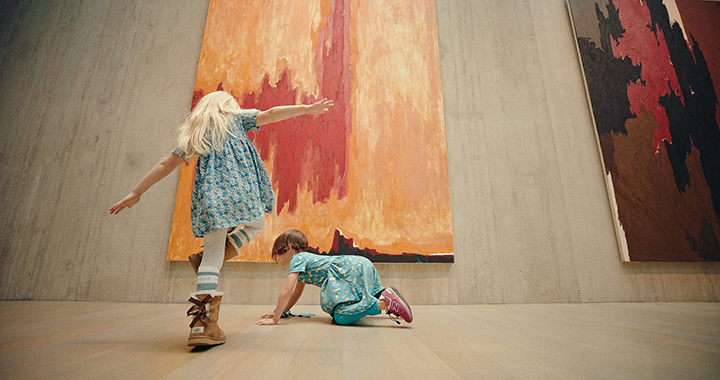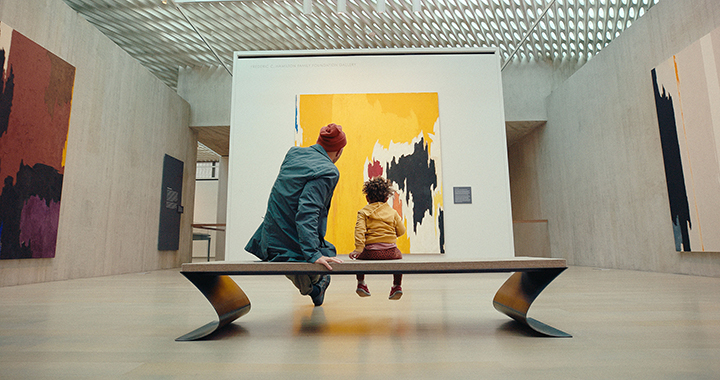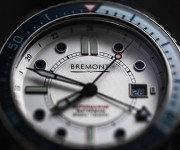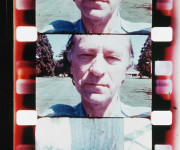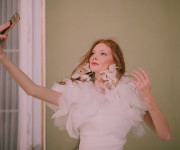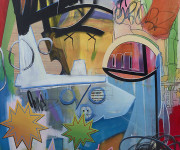Co-curated with children from six months old to age eight from across Colorado’s Front Range, the exhibition Clyfford Still, Art, and the Young Mind, reveals how children think about art. Designed to engage both children and adults, the exhibition is on view from March 11 to August 7 at the Clyfford Still Museum (CSM) in Denver, CO.
Using existing research about what kinds of art children like at different points in their development, exhibition co-curators, Bailey Placzek and Nicole Cromartie, organized the exhibition into gallery themes. Then, they asked local children to select and arrange their favourite artworks, share their perspectives on the gallery and audio content, and help to design interactive activities.
“Our vision for Clyfford Still, Art, and the Young Mind used what we knew about visual development and aesthetic preferences in young children as an organizational framework and a jumping-off point,” said Cromartie. “We have all of these great studies that give us a general sense of the kinds of artwork that children are interested in, but we wanted to understand the preferences of the children in our community here across the Front Range. Rather than just organizing an exhibition based on the research, we had a lot of questions for the kids in our community, and they had the answers.”
While many examples of museums creating exhibitions for children exist, Cromartie and Placzek had a challenging time finding any examples of museums working with very young children and pre-verbal children to develop exhibitions. “This show is groundbreaking in our field,” said Placzek. “We realized that including children in all aspects of exhibition development, including design, interpretation, programming, marketing, and evaluation, would make for a richer exhibition and learning experience for everyone involved in the project.”
The exhibition includes various interactive and interpretive elements, including a behind-the-scenes video with clips of the infant co-curators selecting paintings. Pre-kindergarten students also helped create a hands-on interactive projection activity.
Museum staff walked through the galleries with some of the young co-curators to see how they interacted with the space and used the feedback to make its building more welcoming. “If the Museum is a welcoming environment for children and their grown-ups, it will be a more welcoming place for everyone,” said Placzek.

